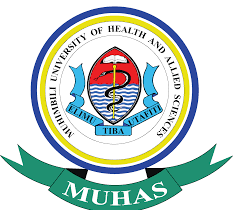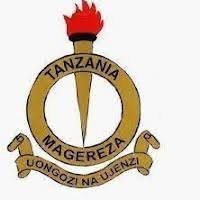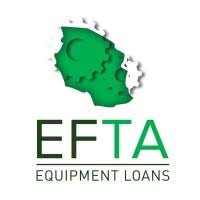Chunya District Council, situated in Tanzania’s Mbeya Region, spans approximately 17,505 km² and serves as home to about 344,471 residents as of the 2022 census. The district encompasses two administrative divisions—Kiwanja and Lupa—and 20 wards, with the town of Chunya acting as its administrative center. Agriculture is the heartbeat of Chunya, engaging around 87% of its population. In 2024, the council allocated over 52,000 acres across villages like Nkung’ungu, Lualaje, and Mapogoro to promote collective and commercial farming, including soya, maize, beans, groundnuts, and sesame. They also earmarked 50,000 acres specifically for soya cultivation and budgeted TZS 250 million for building grain storage facilities to combat middlemen’s influence. To address chronic water shortages, the government drilled 23 wells in 19 villages, increasing domestic water coverage from 26% in 2020 to over 50% by 2025. This initiative halved the cost of a 20-liter bucket from TZS 500 to TZS 250. In early 2025, a cholera outbreak in wards including Kiwanja and Ifumbo tragically resulted in 12 deaths and 680 infections. The council responded with public health campaigns, improved water testing, and sanitation education. Chunya is rich in natural resources—ranking as Tanzania’s second-largest gold producer. Efforts to boost local revenue include proposals for a gold exchange center and infrastructure projects like the 72 km Chunya–Makongolosi–Mbeya road, part of a national initiative to curb mining smuggling. Agriculture, mining, beekeeping, and tourism provide diverse investment avenues and employment opportunities.
For more information about these opportunities announced and how to apply, please download attachment PDF document below
DOWNLOAD ATTACHMENT PDF DOCUMENT HERE












Leave a Reply